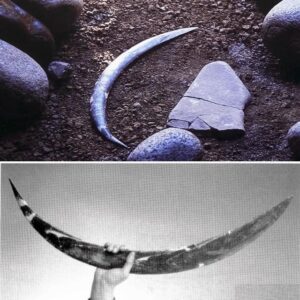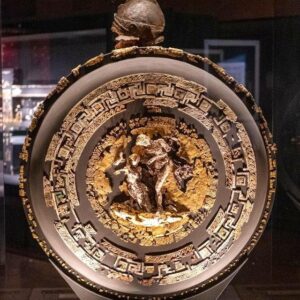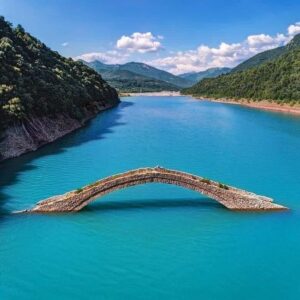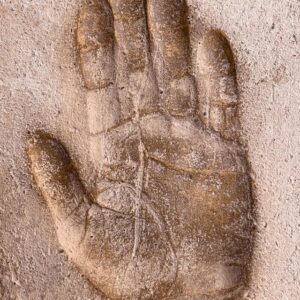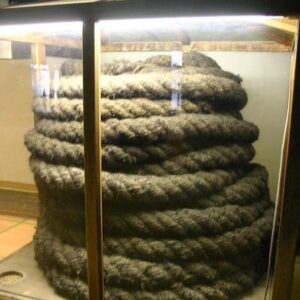Scientists have discovered the skeleton of a man with 790 shark wounds inflicted 3,000 years ago in Japan.

Prehistoric man dies in the jaws of a shark. Photo: Kyoto University.
Professor Rick Schulting and PhD student J. Alyssa White from the University of Oxford, UK, discovered the ancient attack while examining previously excavated hunter-gatherer remains at Kyoto University. The skeletons were excavated near Japan’s Seto Inland Sea.
One of the adult male skeletons, Tsukumo 24, bore at least 790 deep, jagged wounds, mainly on the arms, legs, front of the chest, and abdomen. The left hand was also severed, and the right leg was missing, with the left leg placed above the body in a bent position.
Through a process of elimination, scientists determined that the injuries were not the result of conflicts with other humans or caused by land predators or scavengers. Suspecting that the culprit might be a shark, the team consulted George Burgess, director of the Florida Shark Research Program.
With Burgess’s help, including a review of forensic evidence from modern shark attacks, the researchers concluded that the man was the victim of a shark. Based on the characteristics and distribution of the teeth marks, the culprit was most likely a great white or tiger shark. In addition, because the man was pulled from the water shortly after the incident, the team believes the man was fishing with friends. They published their findings in the journal Archaeological Science Reports.
